“Those who cannot remember the past are condemned to repeat it.”
George Santayana
Some wounds should remain open forever so that people can never forget. This was my first thought as I opened the small wooden door of the Corner House in Riga – the former headquarters of the KGB secret police, also known as Cheka.
The imposing structure on the corner of Brivibas and Stabu streets seems just like any other art nouveau building in Riga. It could be an apartment house, or an office building, or anything else.
The small waiting room with a single row of empty chairs on the right has an allure of abandonment. “Can I help you?” asks a faint voice that seems to come from nowhere. As I look around I notice a middle age woman behind a window in the left corner of the room.
“I’m a travel journalist,” I repliy pulling out my press card. “I’m here to visit the KGB Museum. Is this the one?” I ask, not sure that I am in the right place.
“Yes, the guided tour starts at 10:30, but you can visit the display boards in the entrance area until then. That exhibit is free” the woman replies and closes the window abruptly, as if she has nothing else to say.
And so I continue through a small corridor towards the display boards.
Table of Contents
People’s Lives in Latvia During the Soviet Occupation
The exhibits in this section help you make sense of what you are about to see in the Corner House. There are several panels with stories and photographs about the Soviet occupation in Latvia and about what happened in this building during those years.
Reading these stories makes this grim place so much more real. I look at the faces of those who found their demise within the walls of the Corner House. They seem just ordinary people, like any of us. I imagine them doing their daily chores, minding their own business when they found themselves arrested or summoned here. It must have been horrific.
Those who were not considered loyal to the occupiers was arrested, killed or deported to Siberia. The “undesirable elements” could be picked up for crimes as small as having “anti-Soviet conversations” or “instigating panic.”
A Brief History of the Corner House in Riga
Built in 1912, Riga’s Corner House was originally an apartment building. Before World War II, the building entered in the possession of the Latvian government who used it for a variety of agencies.
The KGB fist moved into the house in 1940 when the Soviet Union occupied Latvia for the first time. Between the two Soviet occupations in 1941 and 1944, a number of youth organizations used the Corner House.
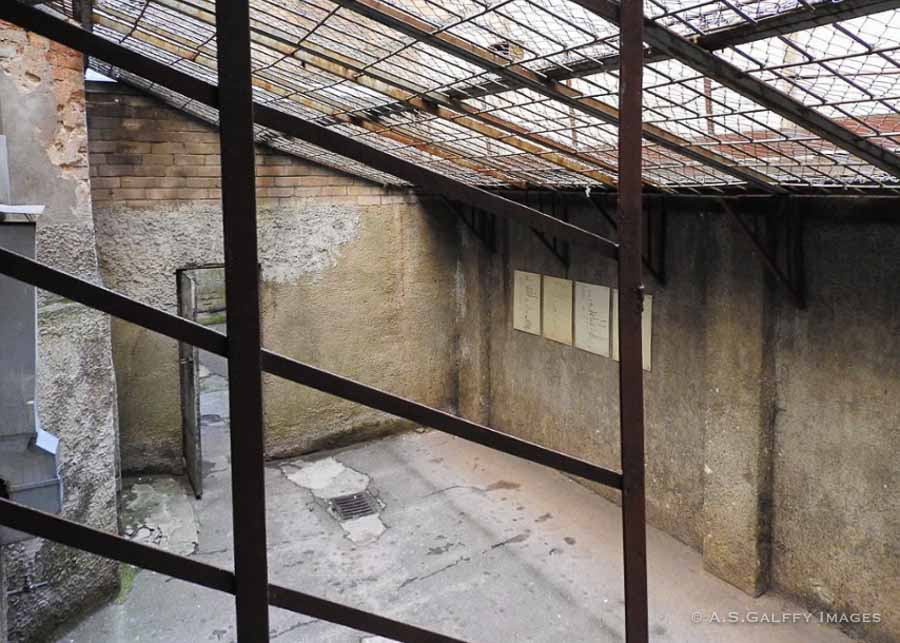
After the War however, the KGB chose the Corner House for its headquarters and used it as a prison for those who were considered to be opponents of the occupation regime.
The building’s many hallways and stairwells made it convenient for secretly transporting individual prisoners. Also, the cavernous basement was ideal for building prison cells.
Within the depths of this building right in the middle of Riga, thousands of Latvians have been imprisoned, interrogated, tortured and executed until 1991. It’s astonishing to realize that all these things were happening while we were leading a safe life in the U.S. or other free countries of the world.
Visiting the Corner House, Riga’s Former KGB Headquarters
As our tour begins, we move into the the upper part of the building. A couple of floors above, the atmosphere is very different. We pass by the administrative office where the prisoners were photographed and fingerprinted, the room for the duty officer who registered the detainees, and the interrogation rooms.
Then things begin to get worse. Narrow, dark corridors. Musty smelling rooms. Heavy metal doors. Some detainee cells (called boxes) measure about 1.6 square meters.
Hard wooden boards for a beds and a filthy bucket in the corner for defecating are the only furnishings in the cells. “The temperature was always at 87ºF (30ºC), no matter the season,” the guide informs us.
Torture Techniques at the Corner House
“There were multiple types of torture,” the guide explains. From beating of the whole body, beating of particularly sensitive areas of the body, burning, hair pulling, to sleep deprivation and continuous interrogation for 8-9 days in a row. “The effectiveness of terror lies not in the terror itself, but in its mix,” she says. “It creates fear.”
The Execution Chamber
The detainees were tortured and deprived of medical help. They were allowed outside of their cells only once a week into a small interior courtyard where they were asked to walk in a circle with their heads down. They were devoid of all contact with the outside world (family letters, books and newspapers), forbidden to have showers.
We then move to the inner courtyard of the building. “Is this where they executed the prisoners?” asks one man in the group. “No, it’s right by the door to the yard. They parked a truck right outside the building and left the motor running to mask the noise. Then they put the body in the back of the truck and drive away,” she says .
We are all visibly moved as she opens to door to the former execution chamber. For years and years, this was the reality of life for those living in the countries occupied by the Soviet Union.
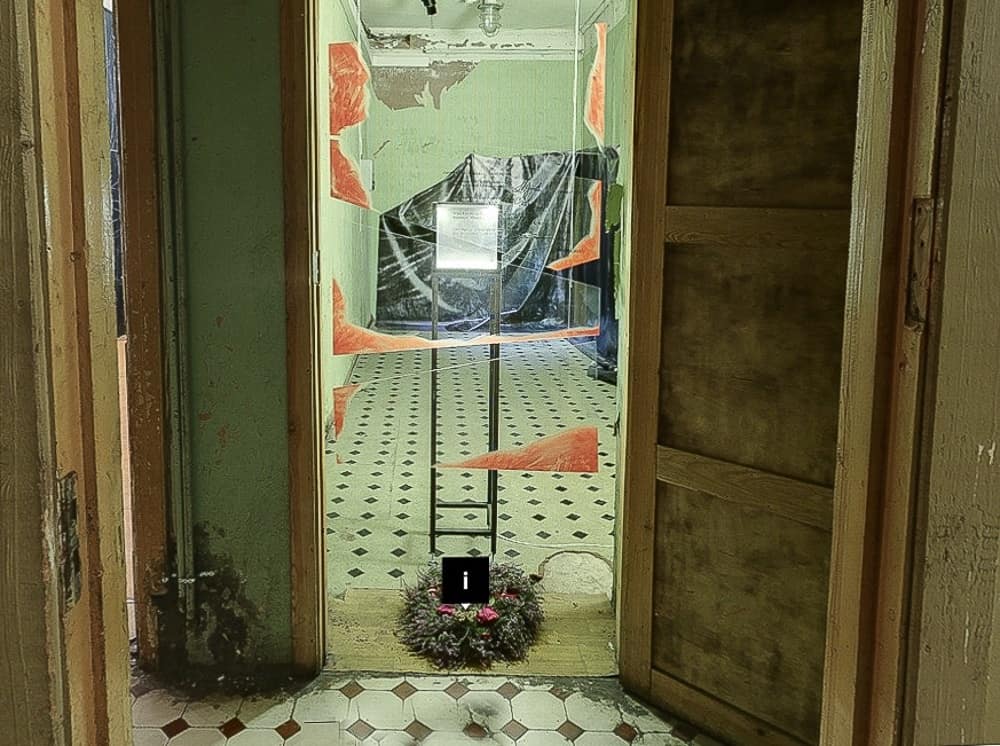
The Corner House Becomes Part of the Museum of Occupation
After the fall of the Soviet Union and the departure of the KGB from Latvia, the notorious Corner House in Riga remained empty and abandoned for many years.
In May 2014, the building finally re-opened its doors to the public as part of Latvia’s Museum of Occupation.
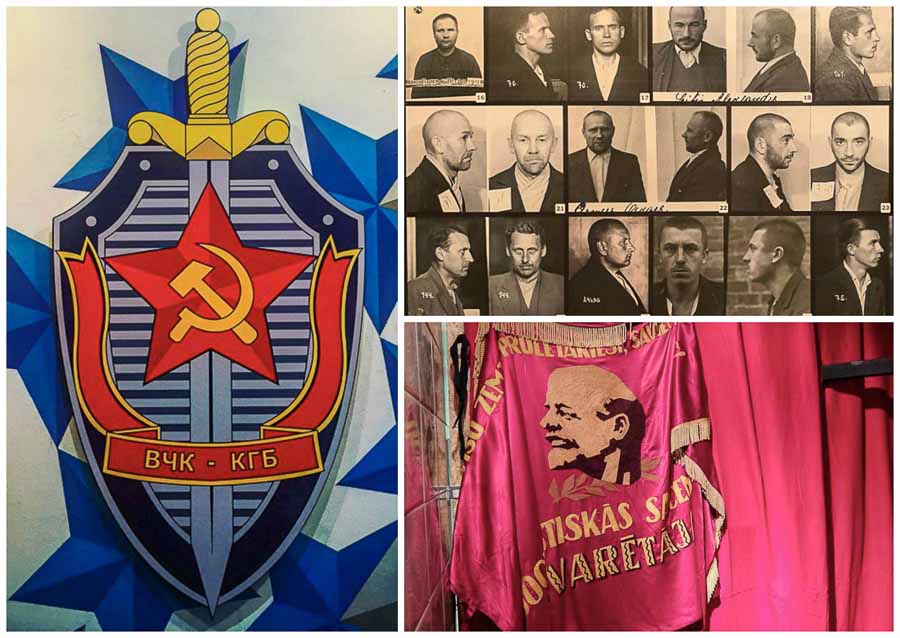
The Corner House hasn’t changed much much since August 1991, when the KGB vacated it. Yet, its present appearance hardly resembles the treacherous prison that was once the nightmare of so many Latvians.
Over the years, the building was repainted many times and the number of cells was decreased from the original 50 cells to only 19.
A Final Word
The Corner House became a vivid symbol of the totalitarian regime during the five decades of Soviet occupation and is one of the most visited places in Riga.
The museum documents in great detail the atrocities of the Cheka in Latvia and it’s at the same time a powerful reminder of the mass repression and genocide occurred under some Communist regimes during the twentieth century.
Courtois claims that Communist regimes have killed approximately 100 million people in contrast to the approximately 25 million victims of the Nazis.
Not something we must ever forget – a piece of history that should never be repeated.

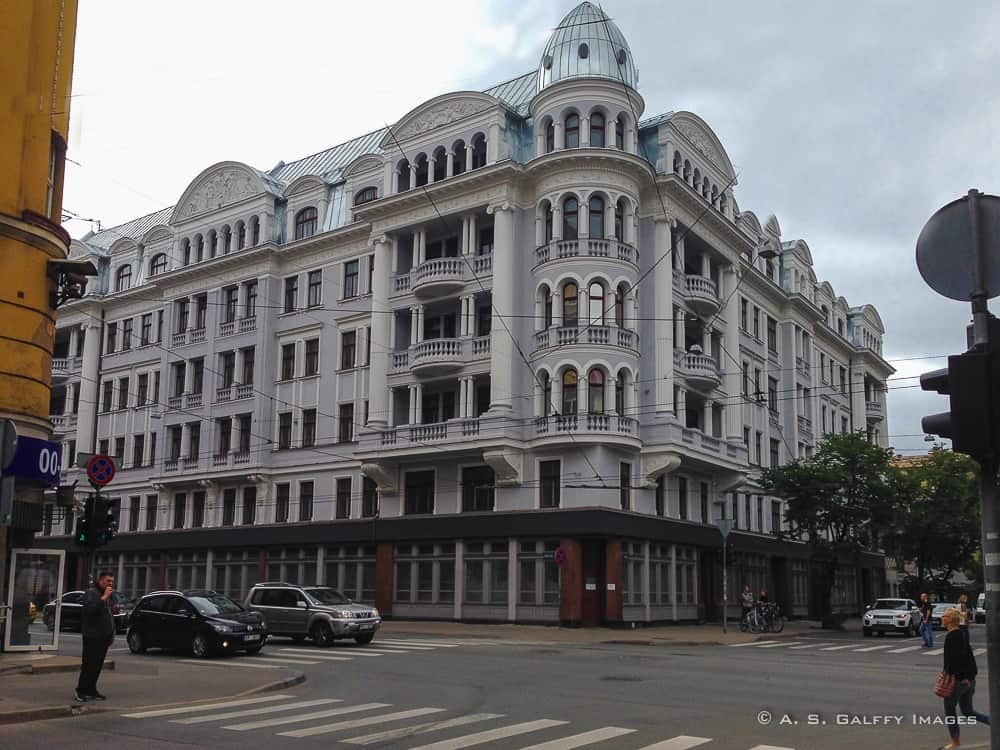
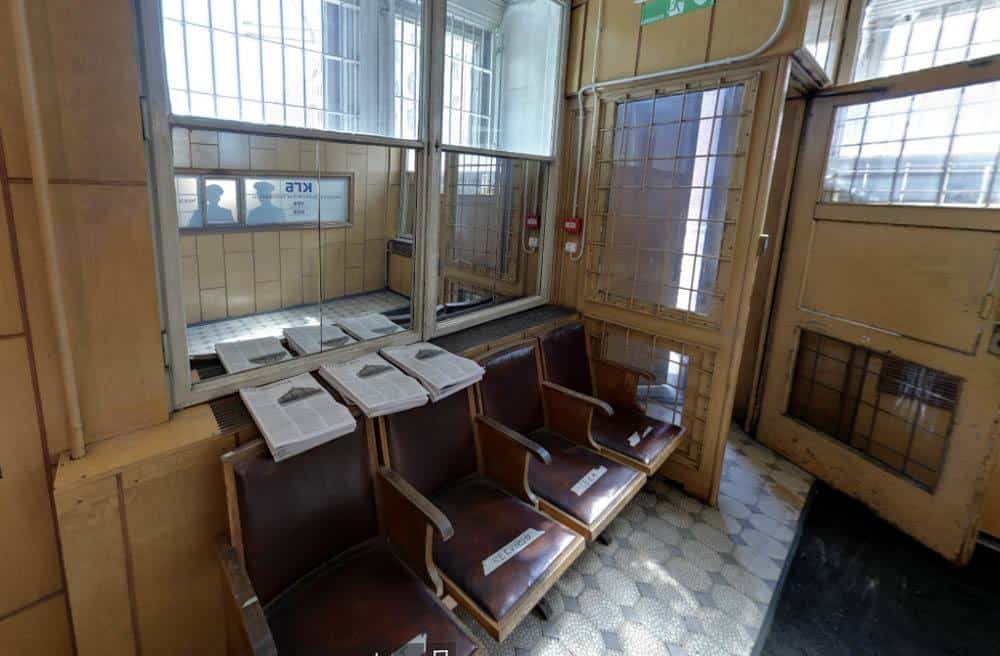
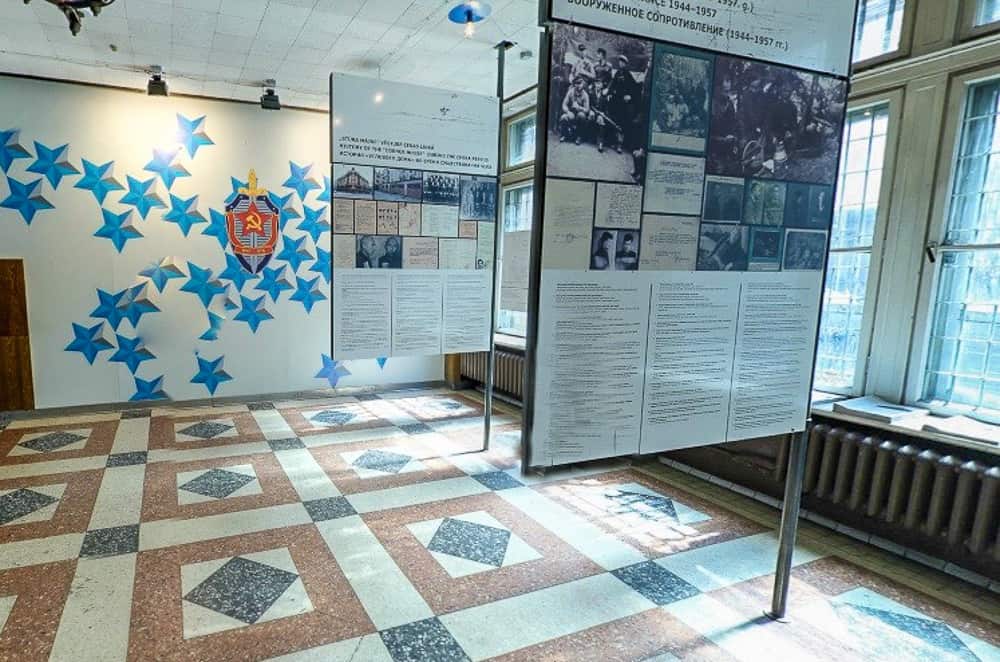

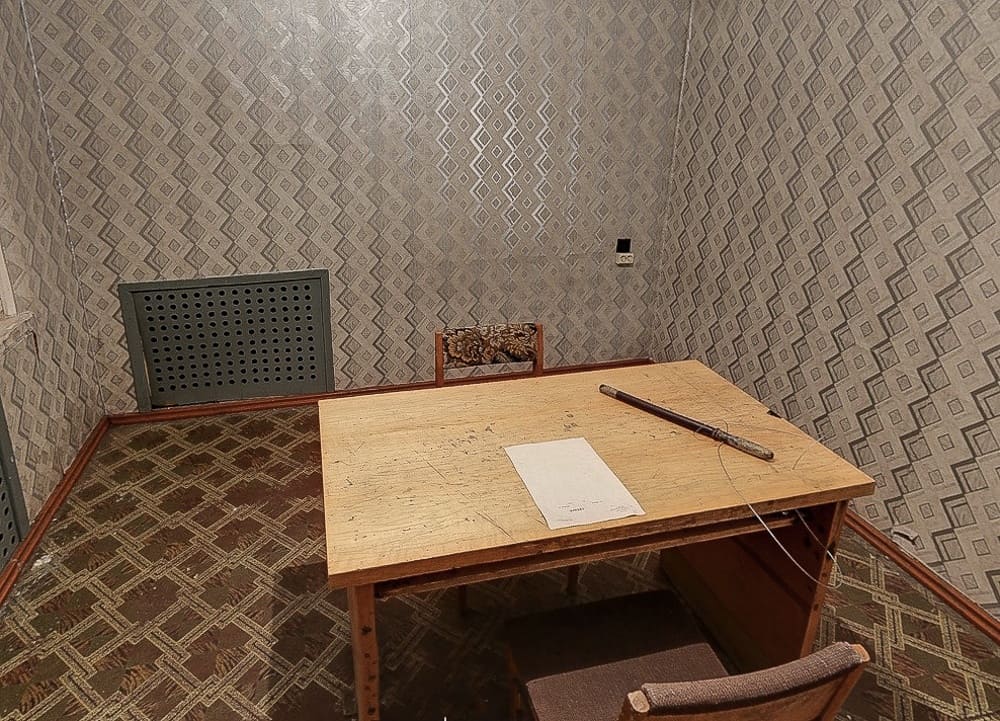
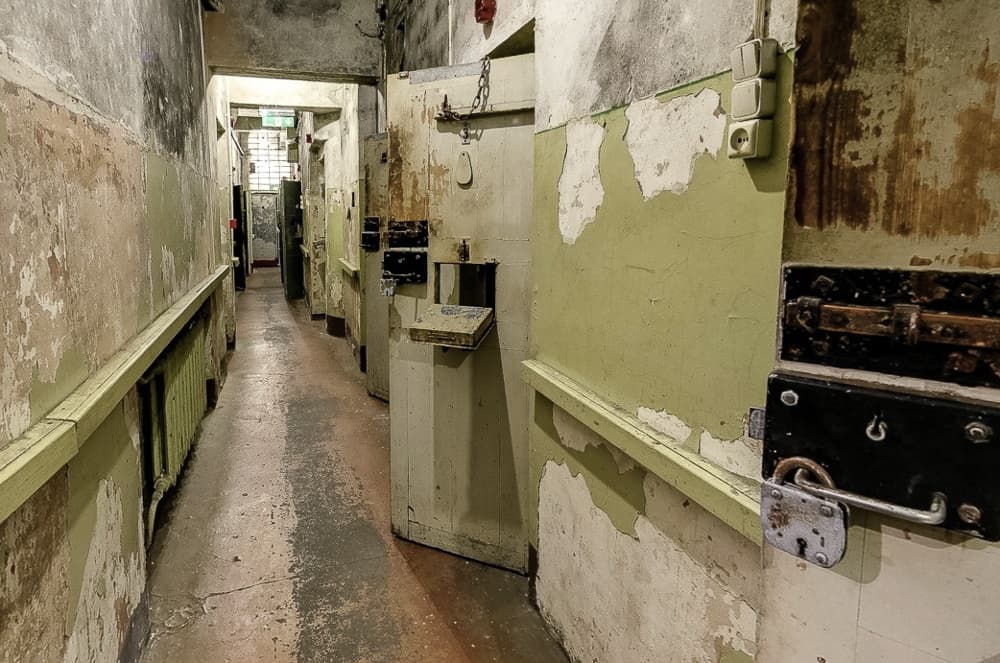



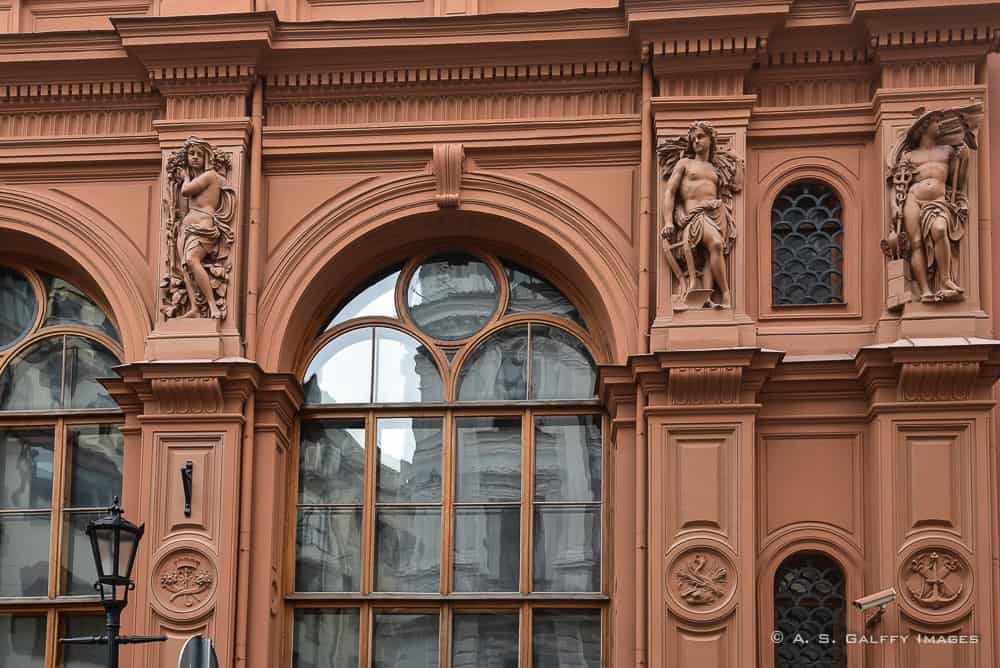 Riga’s Architecture: Testimony to the City’s Fascinating History
Riga’s Architecture: Testimony to the City’s Fascinating History


aimee horgan
Oh my, what a disturbing place but I think it opens our eyes to the evils of the past. I’ve visited places like SL21 in Cambodia & Auschwitz and was so fascinated and horrified at the same time. Hard to explain the feeling yo get after visiting these places.
Sandy N Vyjay
Having read a lot of books about the cold war, I was fascinated to read about the Corner House in Riga. As I read through could almost hear the anguish of the thousands incarcerated in the place, many of them most probably innocent. The execution chamber particularly sends a chill up the spine. Must have been an eerie sort of experience, but I do have a morbid fascination for these kinds of places.
Carol Colborn
First time I have come face-to-face with how the Soviet Union kept it’s power after WWII. I am sure glad a lot of countries gained their freedom. I wonder how it is now in Russia!
Harvey
This museum reminds me of the House of Terror Museum in Latvia. It can be very disturbing to learn about the tortures and murders that went on in the Corner House, but people need to know the unvarnished history of Communism in the Soviet Union and the East bloc. Also the Kafkaesque nature of how people ended up sent to the house — merely because they were suspected of resistance to the regime — is as horrifying to me as what went on inside.
I would absolutely want to see this if I visited Riga. Given human nature, I’m skeptical of the ability of museums like this to prevent such atrocities from happening again, but it’s important for the truth to be known.
Vlad
Whenever someone is feeling nostalgic for the communist times, they should come and read your post. It was fascinating, yet frightening to read your post. It’s no wonder that Latvians feel such hostility towards Russians even now.
Anda Galffy
We do too, Vlad. At least my generation and my parent’s generation. We suffered too much from Communism.
Charles McCool
What a horrifyingly cool place to visit. It is absolutely shocking what atrocities were inflicted on innocent people. The visit must be eerie but oh so educational. Thank you for sharing with the world.
cindy
An evocative and scary post – well deserving of NATJA gold. Congrats!
Anda Galffy
Thank you, Cindy. Much appreciated.
Jasper
Looks like an interesting place, well at least quite scary. It is hard to imagine today how bad the situation once was.
Anda Galffy
What is harder to imagine is that these events took place not so long ago, at a time when you and I enjoyed our freedom.
Tom
Very interesting place to visit. I missed this when I was in Riga.
Anda Galffy
Thanks for clarifying this was a ‘joke’. I would have never guessed….
Alex
Wow – what a place, not for the feint hearted! And you’re right – it must never be forgotten!
Anda Galffy
I agree, it’s not a place that will make you feel good, but it’s an eye opener.
Sand In My Suitcase
Such dark times – it’s hard to fathom the cruelty we inflict on our own race…
Michele
I appreciate that you visited this place and shared your experience with us. It’s very sobering, especially that the horror continued until 1991. To me, there’s such a dichotomy in the appearance of the architecturally interesting exterior and the interrogation room with its wallpaper and the patterned floor versus all the terrible deeds that went on inside.
eileen g
It’s important to visit places like this to have a clear-eyed view of history. but i never sleep well after I do.
Liz
These kinds of places represent a part of history that definitely should not be forgotten. We all should feel so horrified that things like these have happened in the past so that we can stop it from happening again.
Anda Galffy
I’m glad the Latvian government decided to open this ‘horror house’ for visitors. It’s a lesson that everybody should learn and there is no other way of learning it but seeing with your own eyes what happened.
Lyn - A Hole in my Shoe
Wow, if only those walls could talk.
Sally@Toddlers on Tour
Wow what an interesting place to visit.
The KGB just holds this mystery about it and getting a glimpse into what it was like to be held in that area is so fascinating.
Rhonda Albom
What went on in this and other KGB headquarters is very disturbing. History does repeat and the violence that accompanies the struggle for power seems to never end.
Anda Galffy
Yea, unfortunately!
Esther
Oh my, this looks really intense. I’d love to visit when I get to Riga. I thought Terrot Haza in Budapest was also pretty impressive.
Anda Galffy
I haven’t seen Terrot Haza, but thanks for letting me know about it Esther.
Suze - Luxury Columnist
It reminds me of the film “The lives of others” although that wasn’t set in Latvia. It looks so oppressive, thankfully those days are over
Anda Galffy
What’s really strange is in 25 years since the Soviets left Latvia, nobody was held responsible or prosecuted for those atrocities.
Brooke of Passport Couture
Interesting post that opens your eyes behind this kind of treatment and interrogation. I admire your post at the beginning for stating that we should learn from history and our mistakes. This visit exemplifies your quote and is a great reminder that we should learn from our past and be aware of it, otherwise we’ll repeat ourselves.
Anda Galffy
Thank you, Brooke. I was really impressed by this museum. I think everybody should see the horrors of Communism!
Donna Janke
Both a fascinating and troubling museum. I continue to be amazed at how cruel humans can be to one another. I would find it difficult to go through this museum, but I do think it is important we are made aware of and remember these atrocities. Hopefully we make steps to stop repeating history.
Anda Galffy
It’s a very troubling museum but one that everybody should see.
Rob+Ann @TravelLatte(.net)
We have such mixed emotions about places like this. On one hand, we long to forget. On the other, we must remember. What’s so sad is that it’s such a beautiful building on the outside, and yet the inside was so very dark. Interesting story – and I’m sure there’s more to it than we will ever know.
Anda Galffy
I have no doubt that there is more to it than we will ever know. Even that the Soviets moved out of Latvia, I’m sure they are still feared and many things about what they did there will never be disclosed.
Lyn@thetravellinglindfields
A very sobering post.
Michelle
I shivered as I read your words and looked at your photos of the place where such atrocities happened. Even though I think I would be depressed for a week after going to the “Corner House” or a place like it I’m glad they still exist as people need to be reminded. Many people also don’t believe what they can’t see unfortunately.
Anda Galffy
I spend 30 years of my life in a Communist country, Maria, so for me it was even more depressing. The things that happened in the Corner House were happening in Romania as well in different prisons.
Mary {The World Is A Book}
This was such an eye-opening tour. It’s astonishing what these prisoners went through. It’s hard to even imagine the atrocities imposed on them. I’m glad you were able to tour the museum and share this experience with us.
Anda Galffy
Thanks, Mary. A very sobering experience indeed.
Cathy
I didn’t realize that went on all the way until 1991! Very sad.
Michelle | michwanderlust
The corollary to “Those who fail to learn from history…” is “And those who do are doomed to watch others repeat it.” People have such short memories (and the world’s collective attention span is undoubtedly getting shorter) – it’s so important to preserve grim reminders of history like this. It sounds like the museum is doing a great job of preserving and educating people. I didn’t know that Communist regimes had killed four times as many people as the Nazis. That’s unbelievable! Thanks for writing about this, Anda! Your posts are always very informative and interesting but it’s not often that travel bloggers go into heavy-hitting stuff like this.
Anda Galffy
Thanks for your comment, Michelle. The Corner House stands as a chilling reminders that Communism was a plague.
Jessica @ Independent Travel Cats
Sounds like a very evocative and haunting tour! I did not realize that so many people were executed/worked to death by the Soviets – I guess the total numbers are still unconfirmed. Although sobering, I would definitely like to visit whenever I get to Riga.
Lolo
Wow! I found this to be an incredibly interesting read! I find Russian history so interesting and have started to learn more as I hope to visit Russia one day! So interesting to see how Latvia is connected with Riga in such a dark history. #TheWeeklyPostcard
btw – what happened to Eff It I’m On Holiday and As We Saw It? Are they no longer part of the link up?
Anda Galffy
You might not hear many of these stories in Russia, Lolo. They still live under a totalitarian regime there. As for the changes in our group, yes you are right. Three of our co-hosts decided they can’t participate in the link-up any longer, so they have been replaced.
Laz
This was the most impressive place I have visited in Riga. I was stunned to find out that no one was ever indicted or prosecuted for the crimes committed. This is a great, eye opening place for those that are trying to keep a monopoly on having been victims of the holocaust or slavery!
Anda Galffy
The fact that nobody was held responsible for the crimes committed is quite outrageous, indeed.
Lydia C. Lee
That’s a really fascinating (and quite disturbing) post. Thank you for sharing. (also still not able to add the badge. Sorry. It’s there but the bug makes it appearance ‘disappear’)